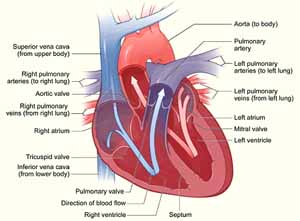
A WebQuest for Physician Assistant Students
Designed
by
Diane
Visich, PA-C
visic1d@cmich.edu
Introduction
Understanding cardiac physiology is important for understanding cardiovascular examination components, including knowledge of EKG and heart sounds. This Web Quest lesson will review cardiac physiology, and will introduce cardiovascular exam skills, heart sounds, and basic EKG interpretation.
The Task
After completing this lesson, the student will be able to
Describe cardiac anatomy and physiology
Understand basic EKG interpretation
Recognize most common arrhythmias
Recognize normal and commonly heard abnormal heart sounds
Be prepared to demonstrate a focused cardiovascular examination
The Process

Students will visit assigned sites describing cardiac anatomy including heart chambers, valves, and major coronary arteries. Please review the structure and function of the heart including:
Myocardium
Heart chambers
Four heart valves
Major coronary arteries.
Through
these sights you will develop an understanding of the movement of
blood flow through the heart and valves, so as to be able to
understand common pathological conditions including
cardiomyopathy, valve disease, coronary artery disease, and
congestive heart failure.
http://www.texasheartinstitute.org/HIC/Anatomy/conduct.cfm
http://www.jasonmlynch.com/uploads/Cardiac_Anatomy.ppt
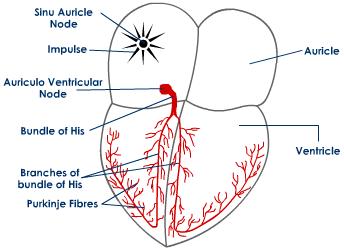
Electrical conduction pathways of the heart will be demonstrated through the following links. Student should develop an understanding of the normal electrical conduction pathway through the heart, and abnormal pathways resulting in common arrythmias.
http://www.alaskaems.usanethosting.com/EMSER/Cardiaca&pKorn1.ppt
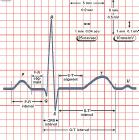
After obtaining the previous background information, the groundwork for understanding EKG and arrhythmias will have been accomplished, and students will explore the websites associated with basic EKG and arrhythmia interpretation. Be familiar with common arrhythmias including:
atrial fibrillation and flutter
PVCs and PACs
tachycardias (supraventricular and ventricular)
First, second and third degree heart blocks heart blocks
Ventricular fibrillation and asystole
Patterns of ischemia, injury and infarction.
http://jsgreen.tamu.edu/639 2 Arrythmias.ppt
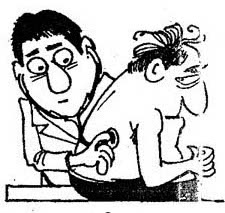
This
will lead to a website demonstration of a focused cardiovascular
examination. Focus on developing effective communication with the
patient and the performance of an organized and thorough
cardiovascular examination.
https://www.youtube.com/watch?v=SFrsv6U-0KU
https://www.youtube.com/watch?v=dp5m2tXHDmA
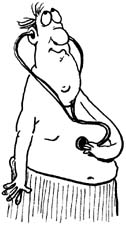
Finally
students will explore common heart sounds. These will include
common murmurs such as aortic stenosis and regurgitation, mitral
valve murmurs, pericarditis, bruits and thrills, to name the most
common.
http://www.blaufuss.org/tutorial/indexTut.html
http://www.med.ucla.edu/wilkes/intro.html
Conclusion
The purpose of this WebQuest is to prepare students for their practical examination covering cardiovascular examination skills, which will take place near the end of next semester. This WebQuest will provide resources for self study, frequent practice and review for the practical. Although this Webquest is not a graded assignment, the practical will include graded sections on heart murmurs, EKG interpretation, and cardiovascular examination skills, all of which are included in this WebQuest. Good luck with your practice, and with your final practical, and ultimately the Boards!